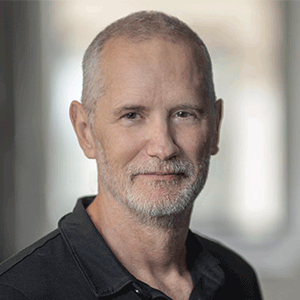From swarms of swimming bacteria to the moving contents of cells, biology is replete with active systems whose microscopic constituents interact by performing mechanical work on a surrounding fluidic medium. This can lead to large-scale, sometimes functional, self-organized structures and complex dynamics.
In this talk, I’ll overview the modeling of such systems, focusing first on continuum kinetic theories that couple the micro- and macroscopic scales to describe how suspensions of active particles, such as swimming microorganisms, evolve in time.

While high-dimensional (5+1), these models have been used to understand observations of novel instabilities, turbulent-like dynamics, and strange rheology, and have been incorporated into more complex models of biological systems. I’ll then pivot to describe the emergence of large scale, spontaneously appearing transport flows in developing egg cells. Building on a conception of molecular motors carrying payloads on a flexible polymer assembly, I’ll develop an active porous medium model whose instabilities naturally drive the system towards large-scale “twister” flows consistent with experiments.
Mike Shelley is an applied mathematician who works on the modeling and simulation of complex systems arising in physics and biology. He is the Lyttle Professor of Applied Mathematics at the Courant Institute, co-founder of the Courant Institute’s Applied Mathematics Lab, and is the Director of the Center for Computational Biology at the Flatiron Institute.
Shelley has received the François Frenkiel Award from the American Physical Society and the Julian Cole Lectureship from the Society for Industrial and Applied Mathematics, and he is a fellow of both societies. He is also a fellow of the American Academy of Arts and Sciences and a member of the National Academy of Sciences.